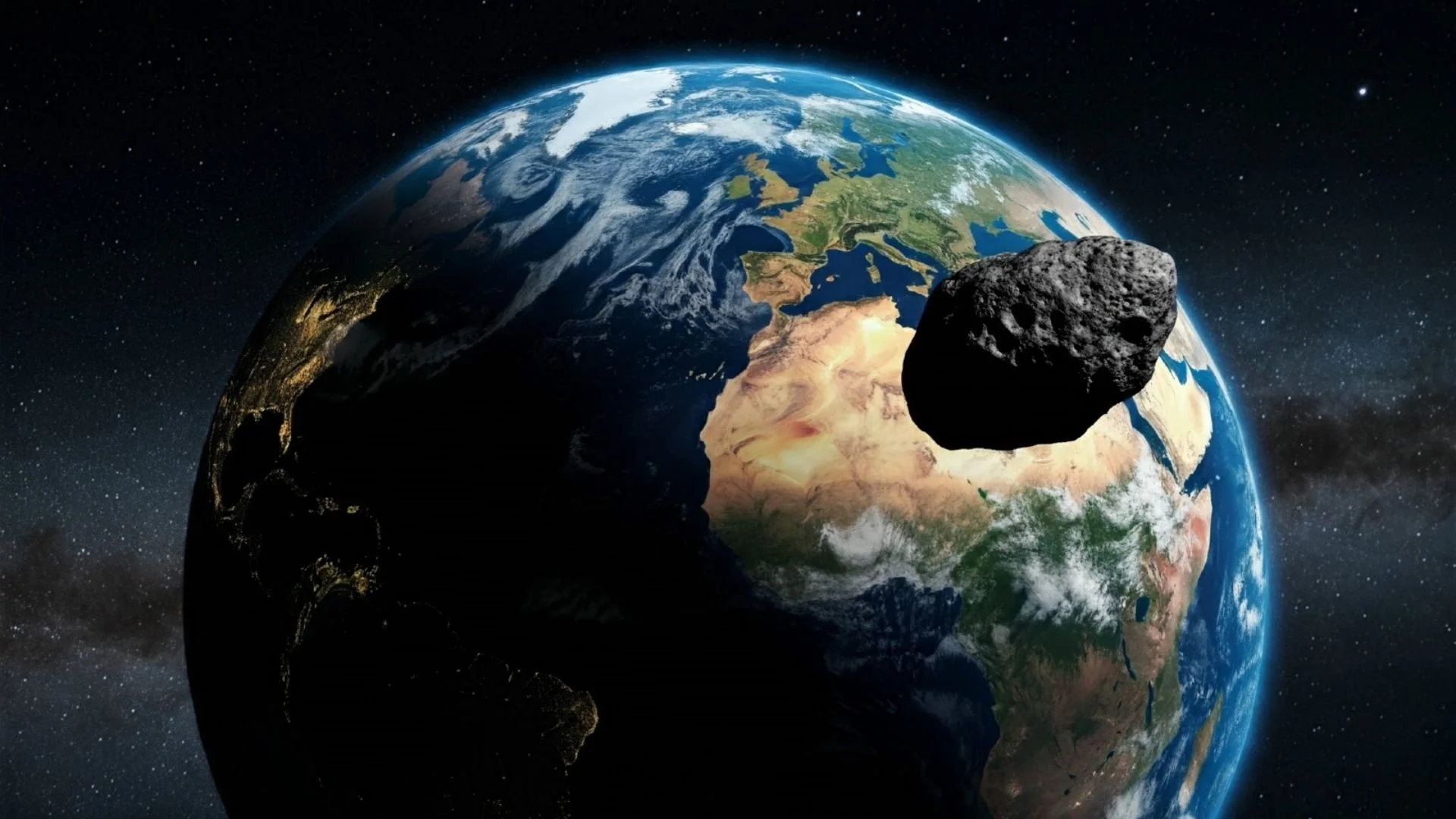In a recent paper published in Earth & Planetary Science Letters, researchers have proposed that Earth may have had a ring around 466 million years ago, which persisted for millions of years. This theory could explain some mysteries in Earth’s geological history.
Evidence for a Ring Around Earth
The idea is based on a pattern of impact craters found near the equator, which suggests they are related to a single event rather than being randomly distributed. Researchers believe a large asteroid likely broke apart near Earth, scattering debris that eventually formed a ring. Over millions of years, fragments from the ring fell to Earth, causing craters and tsunamis.
How Rings Form
Rings form when a small body, such as an asteroid, gets too close to a planet and is torn apart by gravitational forces. This debris forms a ring around the planet’s equator, and over time, the larger fragments fall to the planet’s surface, creating craters. This same process may explain the pattern of craters and meteorite debris found in Earth’s sedimentary rocks from that period.
Potential Climate Impact
At the time of this possible ring formation, Earth’s continents were arranged differently, with many close to the equator. The ring could have shaded parts of the planet, potentially contributing to global cooling. Around 465 million years ago, Earth entered the Hirnantian Ice Age, one of the coldest periods in its history. Researchers are now creating models to understand how this ring might have influenced Earth’s climate.
This ongoing research could help solve the puzzle of whether a ring around Earth played a role in this significant cooling period.







